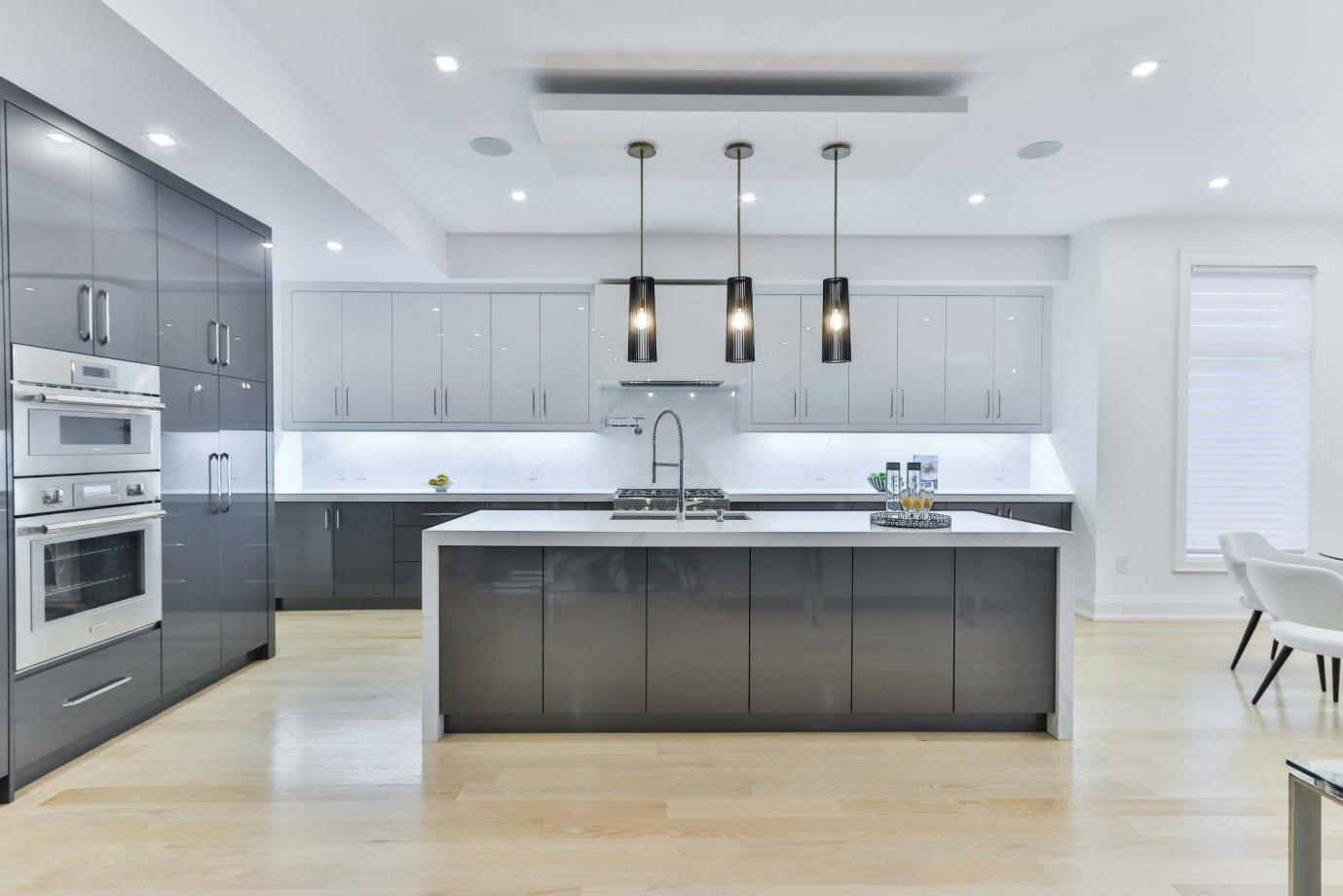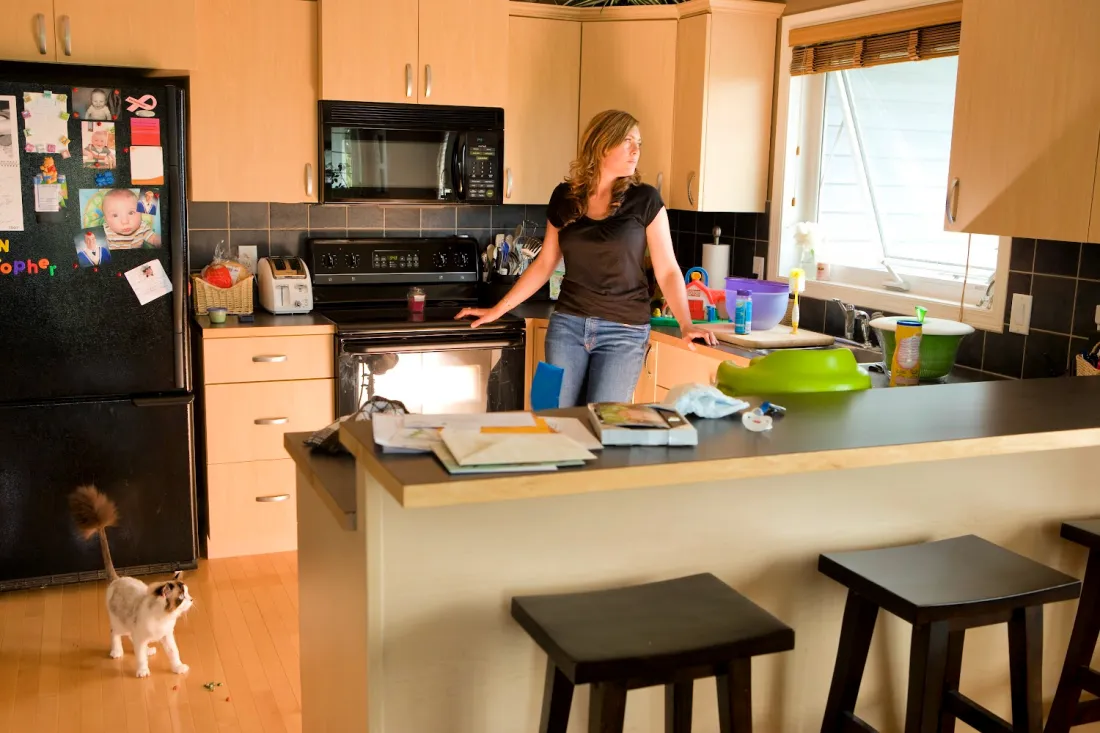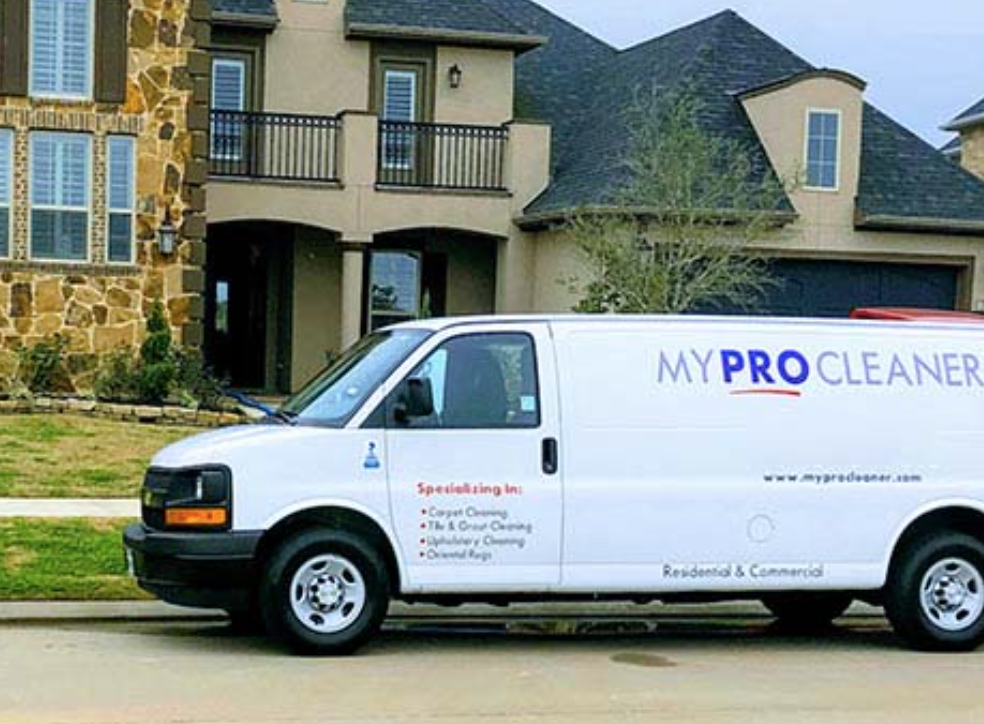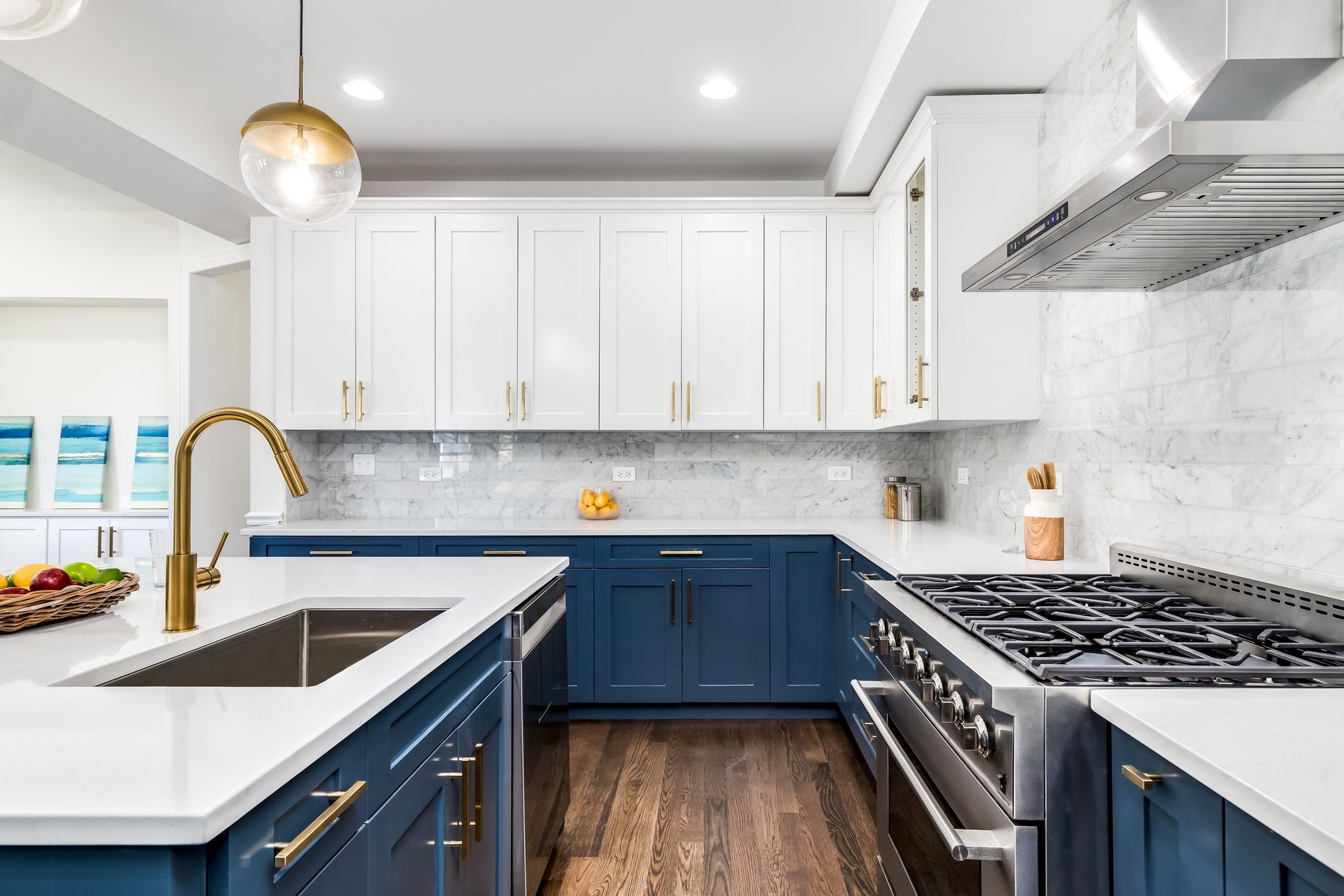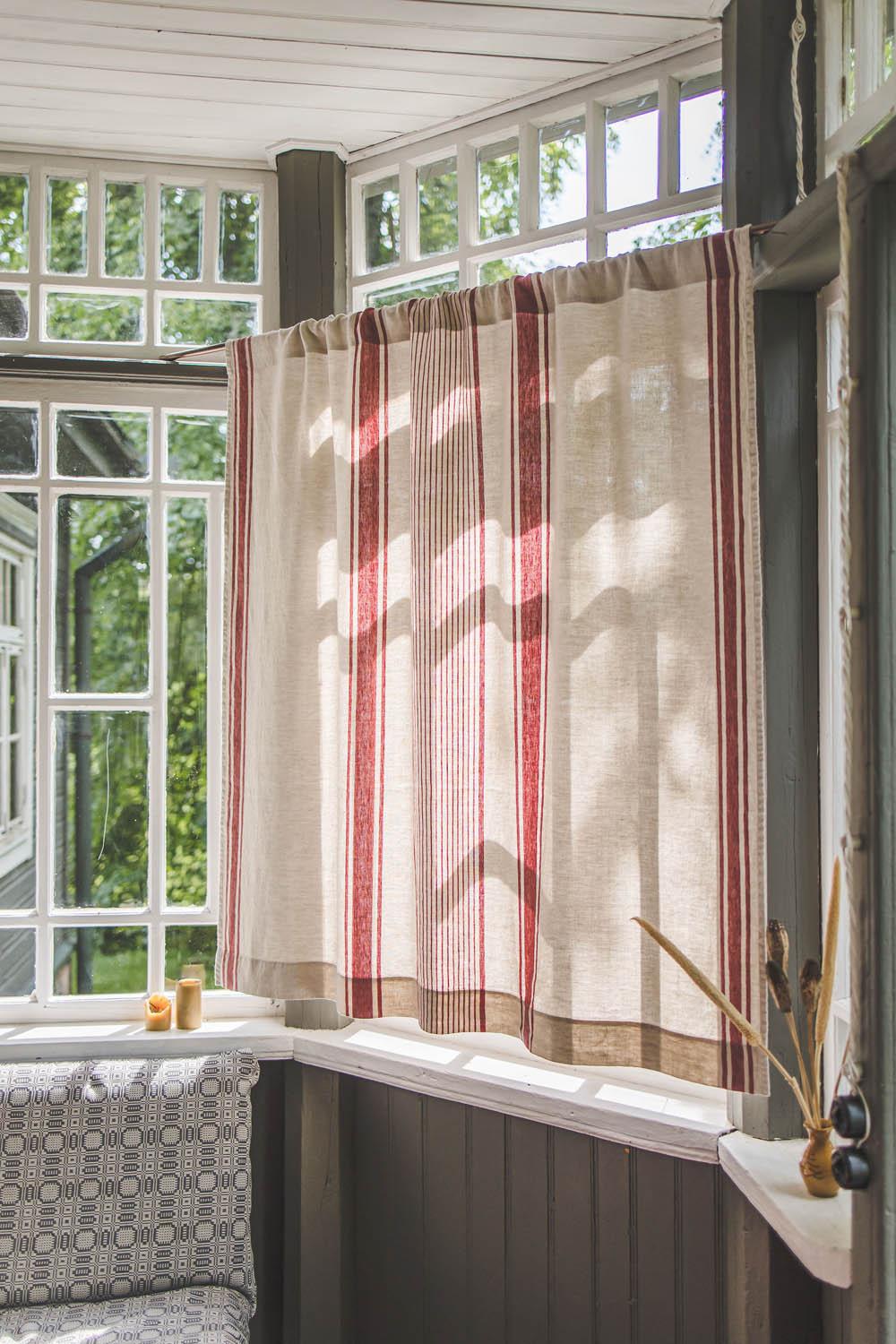
Decorating a small space can be challenging, but the right linen curtains can make a world of difference. Beyond their natural elegance and timeless texture, linen drapes have a unique ability to visually alter a room’s proportions, making it feel brighter, taller, and more open. Whether you prefer natural linen curtains for a warm, organic touch or white linen curtains for a fresh, airy vibe, the right styling can transform even the most compact rooms.
Go Floor-to-Ceiling for Height
One of the easiest ways to create the illusion of taller walls is to hang your linen curtain panels from just below the ceiling and let them fall all the way to the floor. This uninterrupted vertical line draws the eye upward, making ceilings appear higher. In small bedrooms or living areas, sheer linen curtains can keep the effect light and avoid overwhelming the space.
Choose Lighter Shades for Airiness
Colors like cream linen curtains and white linen curtains reflect more light, helping small rooms feel open and airy. Lighter shades pair beautifully with both neutral and bold wall colors, adding a soft, welcoming glow. For a subtle twist, green stripe curtains can bring in a gentle pattern that still feels fresh without closing in the space.
Layer for Depth
In small rooms, texture is your friend. Layering sheer linen curtains behind heavy linen curtains can add dimension without cluttering the space. This combination lets you control privacy and light while keeping a polished, tailored look.
Match Curtains to the Wall Color
For a seamless, expanded feel, match your linen curtains to your wall color. This minimizes visual breaks and gives the impression of a larger surface area. Grey linen curtains, for instance, blend beautifully with soft grey walls, creating a sophisticated and cohesive atmosphere.
Keep Patterns Subtle
While bold prints can overwhelm a small space, subtle designs like fine stripes or tonal weaves add character without visually shrinking the room. Green stripe curtains or muted textures in natural linen curtains are excellent choices for keeping the design understated yet interesting.
Opt for Minimal Hardware
Bulky curtain rods and ornate hardware can take up valuable visual space. Sleek, slim curtain rods allow the focus to remain on the fabric, making your linen curtain installation feel lighter and more streamlined.
Final Tip: Small rooms benefit from simplicity and light flow. Linen is naturally breathable, moisture-wicking, and adaptable, making it perfect for spaces where comfort and openness are key.
Bring effortless style and optical magic to your compact spaces with linen curtains from www.forestlandlinen.com. From heavy linen curtains to sheer linen curtains, you’ll find designs that suit every style while making your home feel bigger and brighter. Shop the collection today and redefine your small space with the natural beauty of linen.
